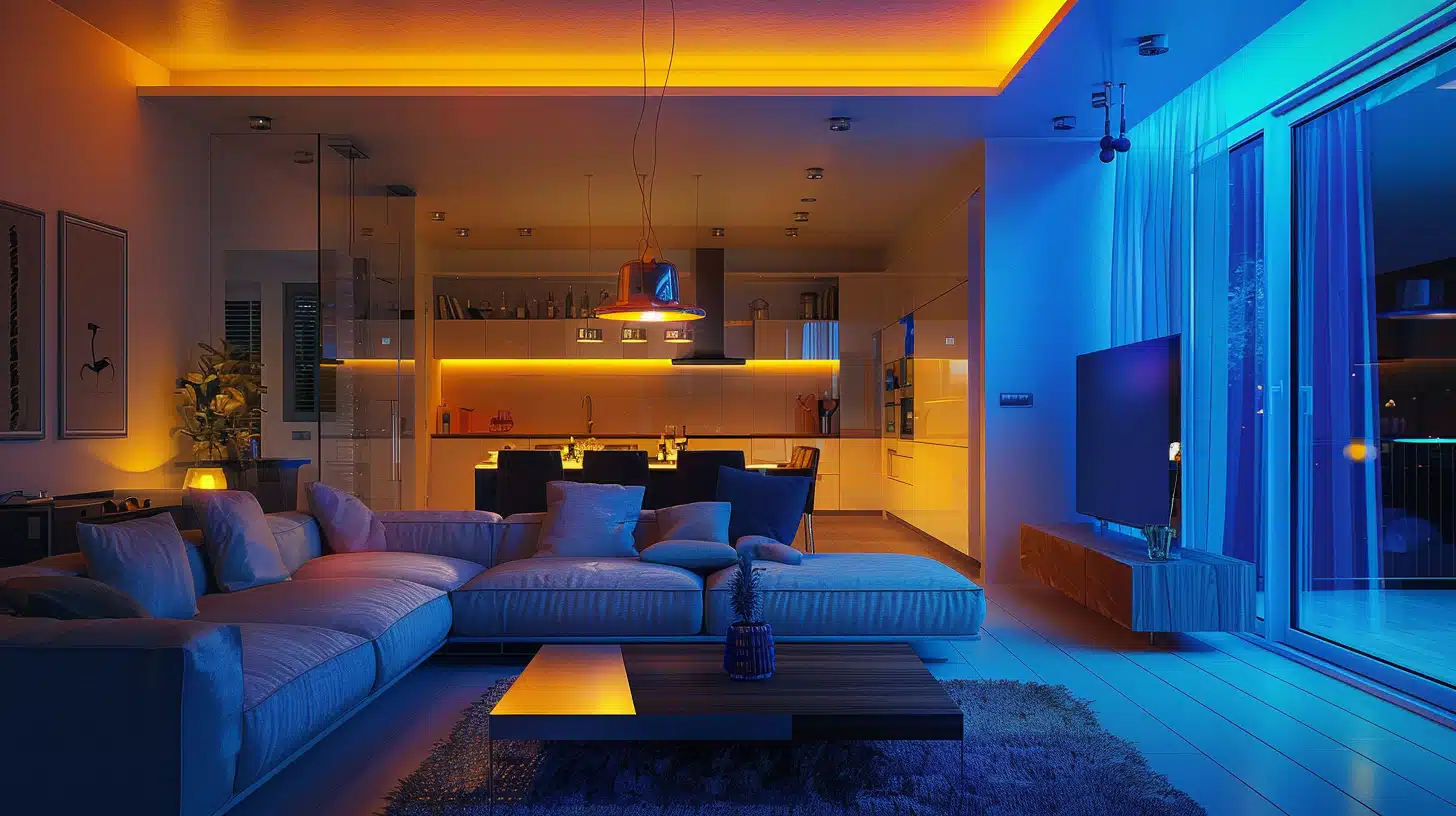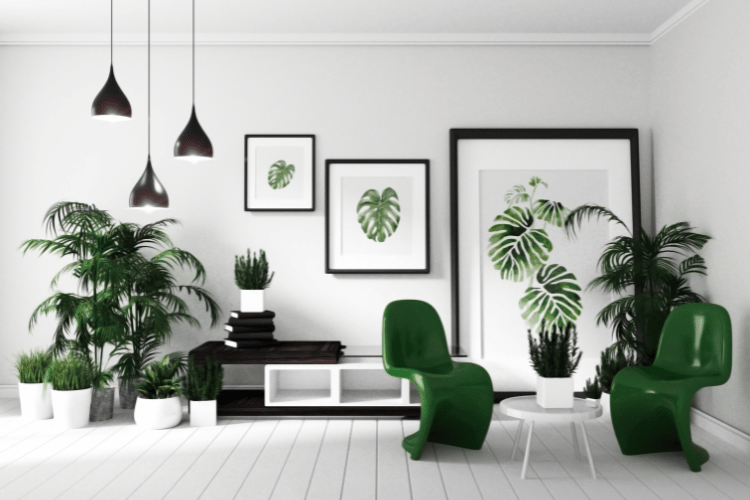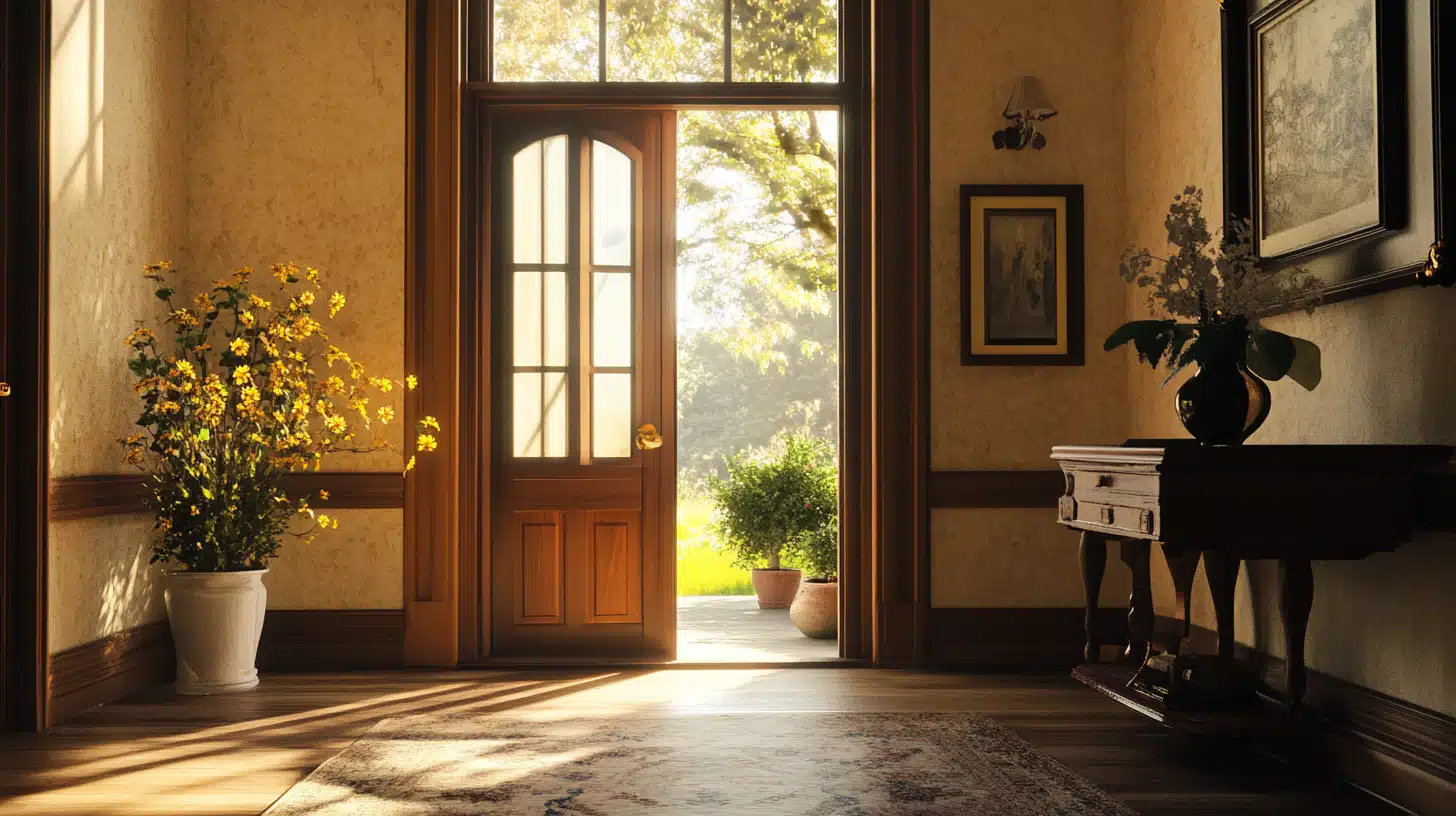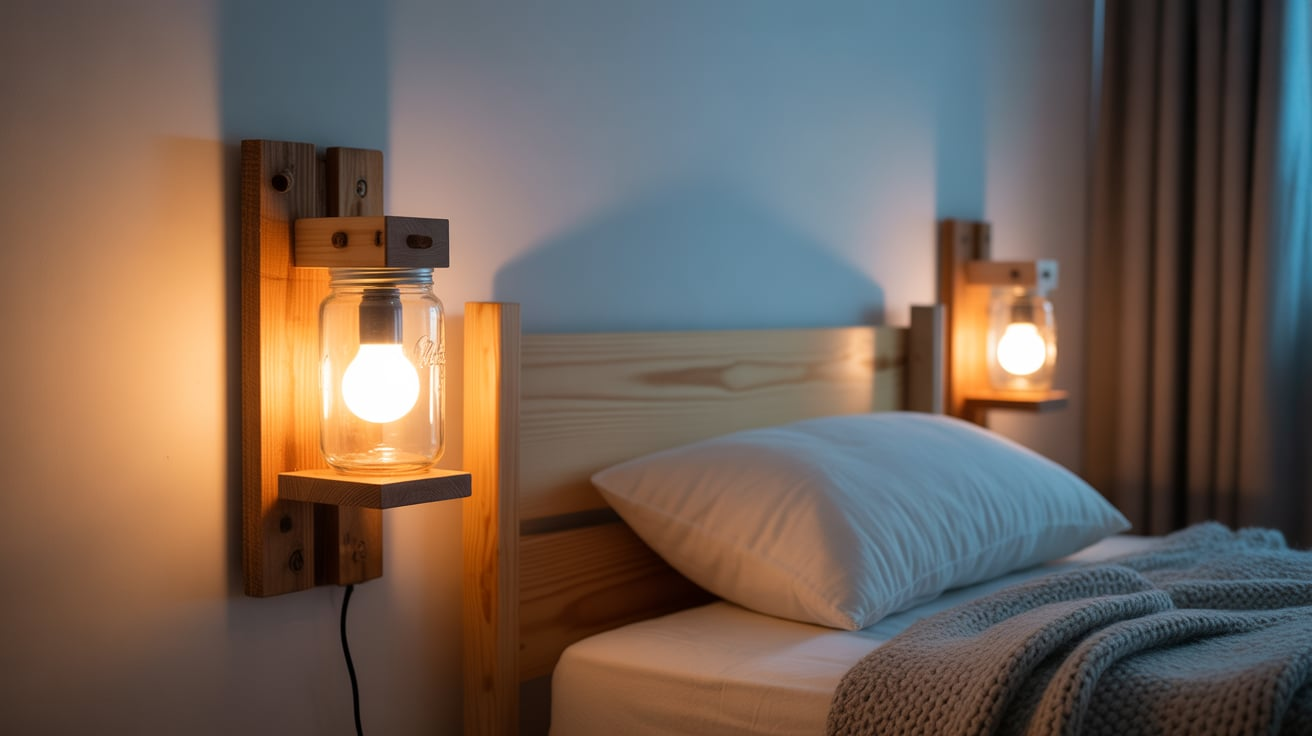The Art of Illumination: Design Your Dream Home with Perfect Lighting
Lighting is essential for creating a home’s mood and improving its aesthetic appeal. Proper lighting fixtures can enhance the atmosphere and affect mood, productivity, and well-being. It can drastically alter a room’s ambiance, from a bright kitchen to a cozy reading corner.
A well-lit house encourages comfort, well-being, and productivity while reducing eye strain. There are numerous lighting options to suit various needs and tastes. To achieve a cohesive look, it’s essential to consider how each lighting style complements the space’s color scheme, furniture, and architectural elements.
Their wide range selection ensures you find the perfect fittings to enhance your space’s functionality and visual appeal.
Types of Lighting and Their Uses
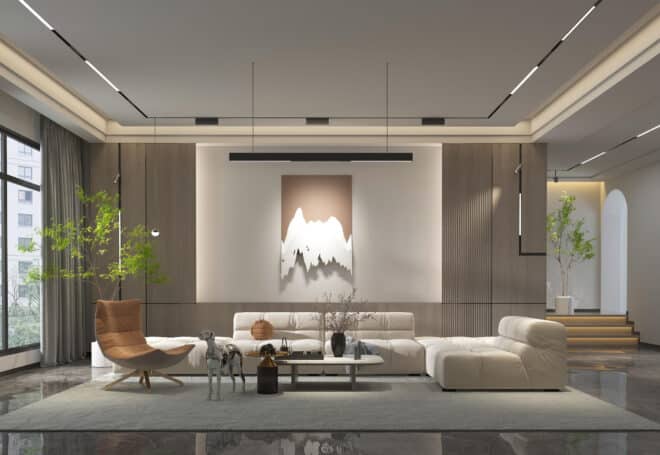
Lighting is typically divided into ambient, task, and accent lighting. Accent lighting draws attention to architectural details and artwork; task lighting is concentrated on particular areas to help with tasks like reading or cooking, and ambient lighting offers general illumination. Each type of lighting plays a unique role and is essential for crafting a well-balanced lighting plan.
- Ambient Lighting: This is a room’s primary source of illumination. It guarantees that the room is well-lit and offers consistent illumination. Giant floor lamps that distribute light evenly around the space, chandeliers, and ceiling lights can all be used to provide ambient lighting.
- Task lighting is localized and focused, helping to illuminate areas where activities such as reading, cooking, or working are performed. The brightness of task lighting should be just right—not glaring but bright enough to lessen eye strain.
- Accent Lighting: Accent lighting highlights specific objects or areas, such as artworks, sculptures, or architectural features, adding drama and interest to a space. This can be accomplished with spotlights, recessed lighting, or track lighting, which can be directed precisely where needed.
Design Principles in Lighting
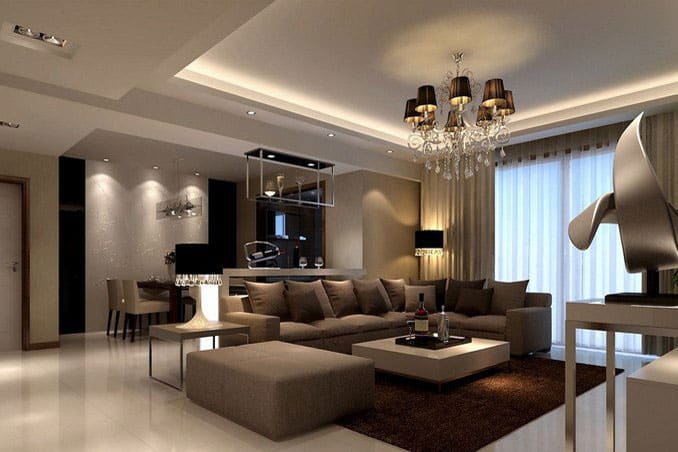
The design principles—balance, contrast, emphasis, rhythm, and scale—apply equally to lighting. Understanding how light interacts with space, color, and texture can help create a harmonious, functional, and inviting environment. When these ideas are used well, every component of the room comes together to form a harmonious and captivating whole.
Balance
A balanced lighting scheme combines various lighting types to create a cohesive look, involving ambient, task, and accent lighting. This balance is achieved by considering the distribution of light sources and ensuring no single area is over or under-lit, promoting equilibrium.
Contrast
Lighting contrast is achieved by varying light intensities and directions, enhancing visual interest and a space’s appeal. High-contrast areas draw attention to focal points, while softer lighting creates a relaxed atmosphere.
Emphasis
Emphasis highlights essential elements within a room, such as artwork or architectural features. Adequate accent lighting can draw the eye to these elements, making them stand out.
Choosing the Right Fixtures
Choosing the right light fixtures for a room depends on its purpose, decor style, and existing features. Different fixtures, like chandeliers and wall sconces, can complement any modern, traditional, or eclectic aesthetic. Choosing fixtures that enhance the overall architectural motif and provide adequate lighting is essential.
The lighting should align with the specific function of the room, such as bright task lighting in a kitchen, ambient and accent lighting in a living room, softer diffuse lighting in a bedroom, or focused task lighting in a home office.
Innovative Lighting Technologies
Modern lighting technologies revolutionize home lighting, including intelligent and adjustable color temperature bulbs. These systems can be controlled via apps or voice commands, allowing users to set the perfect mood. Home automation advancements integrate lighting with other smart home devices for greater control and efficiency.
Color-tunable LEDs enable users to adjust the color temperature of their lights, enhancing comfort and productivity. This is especially helpful in areas where multiple uses may necessitate distinct lighting settings, such as living rooms that function as home offices.
Resources

